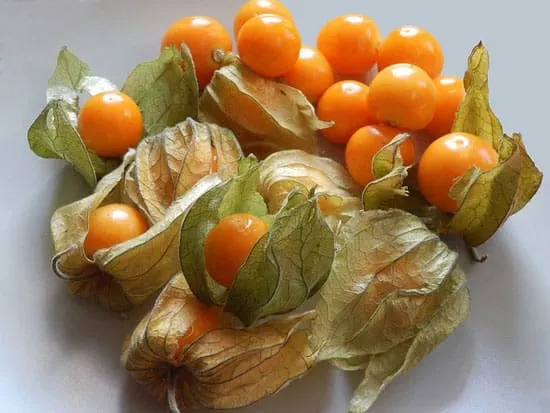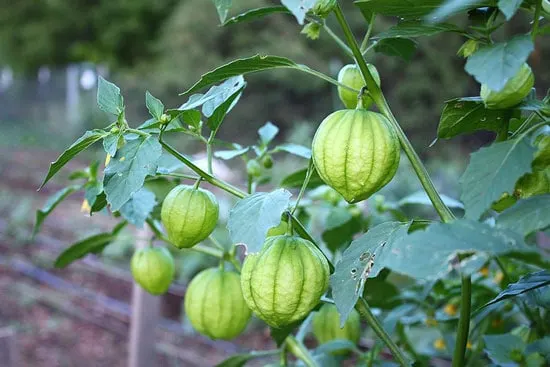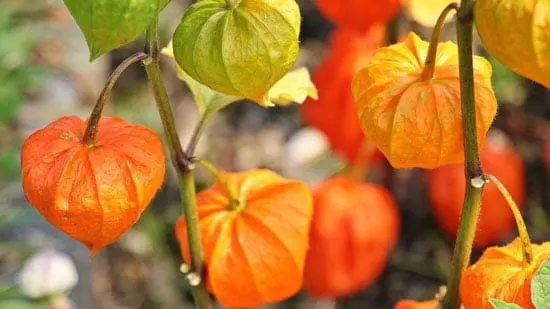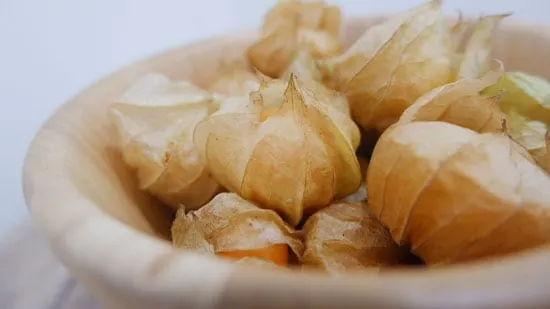Tomatillos the Mexican delight
How do you like your Tomatillos? Want to eat it raw? Add it to your salads or use the pureed version for your lip-smacking Mexican recipes? You could also roast or grill these or add them to salsas.
Either way, this sharp-tasting, and acidic vegetable is an excellent addition to your daily cuisine. Also known as the Mexican Husk tomato, this vegetable resembles the tomatoes in appearance once you remove the husk. Thus, it has the name that resembles its far cousin.
Want to know how to store Tomatillos for a long time after the harvest? Here are five easy and simple ways you can store these husk tomatoes so you can enjoy them well after you have harvested them.

A Detailed Bio of Tomatillos
Time for some trivia about this Mexican vegetable! Knows by botanical name Physalis Philadelphia, the plant is from the nightshade family of plants. Botanists believe that this vegetable traces its origin to Central America and Mexico, where it was cultivated in the pre-Columbian Era.
These plants bear small, spherical fruits that can be either green or purplish-green in color with a sour taste if picked early. If it is left to mature a bit more, the sour taste mellows down to give you a sweeter taste.

Tomatillos have more or less the same uses as tomatoes (their cousin), as you will find them as the main ingredient in a variety of Mexican green sauces.
It has also found its way into a variety of cooked dishes such as stews, soups, salads, curries, marmalade, and desserts. You could also try the famous Mexican Salsa Verde with freshly harvested and stored Tomatillos.
Let’s learn in detail how you should store this vegetable in order to increase its useful life span through this tutorial.
Essentials You Will Need to Store Tomatillos
- Hanging baskets or Baskets which have a string to hang them – Once you have harvested the tomatillos, you will need a cool and dry place to store them until you use them. You can use the basket that you can hang so that they are not spoilt from keeping it on the table or countertop.
- Refrigerator or freezer – this is an essential requirement if you plan to store this vegetable for more extended periods.
- Paper bags – comes handy if you want to store them without removing the husks in your refrigerator.
- Plastic bags – Like to freeze them, use plastic bags.
- A Bowl of warm water – it will help remove the husks before you plan to store them.
How to store tomatillos like a pro – detailed guide into the five-step process
Mexican husk tomatoes can last for a reasonable amount of time after you are done with its harvest. It purely depends on how you plan to store them. This five-step process will help you store them in the most efficient way so you can enjoy them as part of your cuisine well beyond the harvest season.
Step # 1 – Harvest the vegetable/fruit at the right time
This is an essential step to storing the vegetable without it getting rotten. If you are getting this vegetable from grocery shops, you will most probably be getting the mature or ripe ones.
In that case, you need not worry about his step. Most people search for ways of storing tomatillos when they have had a bountiful harvest from their kitchen garden.

So, this step is for all those you want to store that extra produce for use throughout the eating season. Similar to all veggies and fruits, tomatillos also have their own way of informing that they are ready to be picked.
If you notice the fruit had outgrown the husk, then it is time you start picking. Inspect the husk to see if there are openings on the bottom or sides—its time; you remove the fruit from the branch.
Step # 2 – Ascertain when and how you want to use the freshly harvested tomatillos
The storage technique adopted will change based on when you plan to use the harvested produce. If you plan to use the harvest immediately, you can choose to store them in hanging baskets, so they last longer at room temperature.
Storing in wicker baskets can do the trick and give them the required ventilation. You could share the extra produce with your friends and family, so all get to the fresh taste of this fruit. It would last for a few days, even if you were to store them on countertops.

So, if you plan to use them in the near future, you can store them this way. On the other hand, if you want to store them for more extended periods, you can either refrigerate them or freeze them.
Step # 3
You can store the extra produce in your refrigerator in the crisper section. You could either store it with the husks or after removing them. If you plan to store them after removing the husk, use a bowl of warm water to remove the husk and the sticky residue on the fruit.
Make sure you wipe off the water with a paper towel. Now you can place them in plastic bags before putting them in the fridge. The fruits will easily last for a period of 2 weeks to a month if stored this way.
Step # 4 – Storing with the husks
If you plan to store the husk tomatoes with their husks intact. Then you can use a paper bag to store them. Put them into a paper bag so that it will absorb any water content in the husks and then refrigerate it.
This way, it will not let the fruit rot due to water content in the husk. Irrespective of whether you store it with or without the husk, make sure you set the temperature between 35 to 40 degrees F.
Step # 5
The ideal way to store these veggies for more than a year is by freezing it. Lock the benefits of Vitamin C and K found in plenty in this Mexican vegetable by using this technique.
First, remove the husks from the fruits, wash them thoroughly, and dry them with a paper towel. Place them on a flat tray or baking sheet and stack it in the freezer. Remove the frozen veggies from the freezer, take them off the sheets. Use zip-lock pouches to store them for future use.
This way, you should be able to use the tomatillos for more than a year. This video will further help you with how to freeze this veggie.
Now you could also store tomatillos the way you want based on when and how you use them. If you are a die-hard fan of Mexican cuisine and would not mind eating tomatillos dishes all through the year, try the blend and store technique.
You could also can some of the extra tomatillos in the form of sauces and jams.
Other ways of storing this Mexican vegetable
Pureed Storage – Cut the washed tomatillos in small chunks. Put them in your blender to make a fine puree or paste. Remember to add some or salt so that it stays fresh for a longer time.
Transfer the contents into a glass jar and store it in your refrigerator. Use this as a sauce alongside your favorite dishes to give a spicy, tangy twist to it.
Want to store them canned?
You can pressure cook the tomatillos and can them for future use. There is n number of recipes like jams, marmalade, etc. which you can prepare out of this tangy vegetable. This way, you make your won Mexican salsas and wraps at any time your taste buds crave for the Mexican delicacies.
Final Thoughts
Experience does a better job of teaching you the best way to store tomatillos. So, once you have done, it will seem to be more straightforward and easier to do.
Each harvesting season, you could try two of three methods of storing to know which one is best for you. Of all we discussed on storing this vegetable, few takeaway points to remember would be
- Harvest the mature fruits.
- Store in a cool, dry place with proper ventilation.
- Store in the refrigerator for use within a month.
- Freeze the veggie after removing the husk.
You could also store it in pureed form for a longer time. Remember to look out for any stale smell prior to using it irrespective of the storage method. Let us know if you liked the article by leaving a comment. Share the article with your friends if you found it helpful. Tell us your tomatillo story!

hl
Saturday 3rd of October 2020
Here in the north, I have many immature tomatillos at a time when the frost will be killing the plants. Will these ripen if I pick them off the vines, just like tomatoes? Can I still use that haven't completely filled out their husks?